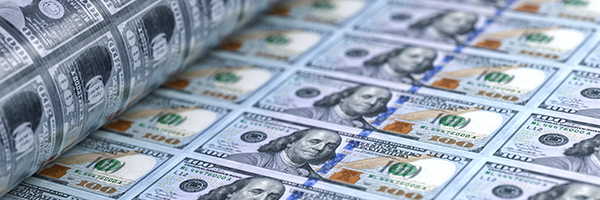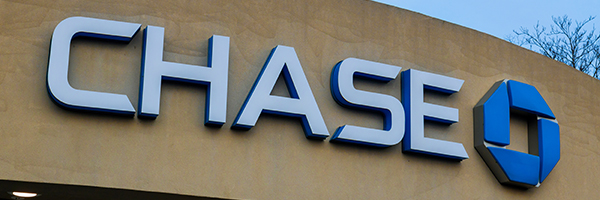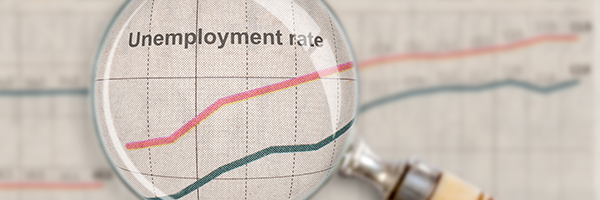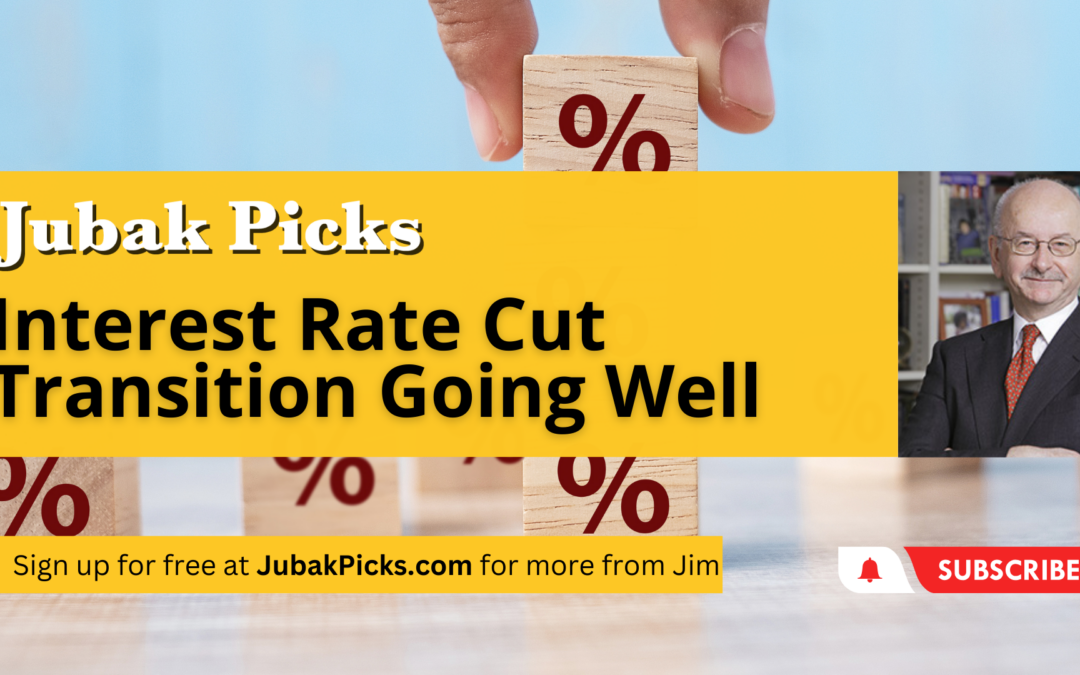
April 26, 2024 | Daily JAM, Mid Term, Morning Briefing |
Yesterday we had a report of core Personal Consumption Expenditure for March that showed core inflation ticking up to an annual rate of 3.8% from 3.7%. Core inflation, if you remember, looks at prices after excluding more volatile food and energy prices, The reasonable conclusion was that inflation was remaining stubbornly higher than the Federal Reserves % target. And that the first cut to interior rates from the Fed wouldn’t come until December, instead of July or September. Today we got the report on all-items PCE inflation.

April 25, 2024 | Daily JAM, Morning Briefing, Short Term |
U.S. economic growth slowed in the first three months of the year, the Bureau of Economic Analysis reported today. Gross Domestic Product (GSP) grew at an annualized rate of just 1.6%. That’s a big retreat from the 3.4% annual rate in the fourth quarter of 2023. Just as important as the drop in the growth rate itself is the reason for the decline.

April 12, 2024 | Daily JAM, Mid Term |
All good things come to an end. After seven straight quarters of record levels of profits from net interest income, the spread between what earns by lending and what it pays depositors to raise funds, JPMorgan Chase (JPM) reported that net interest income slightly missed analyst estimates for the first quarter. The quarter the company reported today certainly wasn’t a disaster. The bank earned $23.1 billion in net interest income in the period, up 11% from the first quarter of 2023. But the end of the beat and raise guidance of the last year and a half plus an increase in costs were enough to lead to substantial selling today, April 12. The shares finished the day down 6.47% at $182.79. Analysts and investors were clearly hoping for more.

April 11, 2024 | Daily JAM, Mid Term, Morning Briefing |
So why was this so important today? Important enough to send the yield on the 10-year Treasury up another 3 basis points to 4.58%.The Producer Price Index for final demand rose 0.2 percent in March, seasonally adjusted, the Bureau of Labor Statistics reported today. Final demand prices moved up 0.6% in February and 0.4% in January. On an unadjusted basis, the index for final demand increased 2.1% for the 12 months ended in March, the largest advance since rising 2.3% for the 12 months ended April 2023..The March increase in the index for final demand is attributable to a 0.3% rise in prices for final demand services. In contrast, the index for final demand goods edged down 0.1%. Look at the last set of numbers.

April 10, 2024 | Daily JAM, Morning Briefing, Short Term |
In March the Consumer Price Index inflation rate rose more than expected by economists for a third straight month, the Bureau of Labor Statistics reported this morning. That looks to the market today, and to me, like it takes an initial interest rate cut off the table for the Fed’s June 12 meeting. The all-items inflation rate rose by 0.4% in March from February. The 12-month all-items inflation rate rose at a 3.5% rate in March. The core CPI, the inflation rate more important to the Federal Reserve, rose 0.4% month-over-month in March. And at a 3.8% annual rate.

April 8, 2024 | Daily JAM, Morning Briefing |
Yields on the 10-year Treasury rose to the highest since November, climbing to 4.42%. That an increase in the 10-year yield of 25 basis points in the last month. The bond market looks to have given up its hope for three interest rate cuts in 2024 now to be looking now to just two moves by the Federal Reserve in 2024. Wednesday’s release of CPI inflation numbers for March will confirm or reverse that conviction

April 5, 2024 | Daily JAM, Morning Briefing |
The U.S. economy added 303,000 jobs last month. That was far more than than the 192,000 expected by economists.The unemployment rate dipped to 3.8%.
For today at least the stock market sees the report as “The glass is half full.” Yes, a stronger than expected labor market raises the odds that the Federal Reserve won’t begin its interest rate cuts at its June 12 meeting. But the strength in the economy is good for stocks. And if not June, then the Fed will cut in July, the thinking goes today.

April 3, 2024 | Daily JAM, Morning Briefing |
The Institute for Supply Management’s composite index of services fell 1.2 points to 51.4 a four-year low. The drop in the report released today, April 3, was the second month in a row. The services report came a day after the manufacturing sector report showed costs rising in the sector. Which, of course, led some investors and traders to worry that the Federal Reserve might put off the start of interest rate cuts beyond its June 12 meeting. The yield on the 10-year Treasury, which hit a new intraday high for 2024 at 4.37% yesterday, closed at 4.35% today. That’s still 17 basis points higher in a month. The relative calm today was also a result of remarks from Jerome Powell and other Fed officials that boiled down to “We told you the road to 2% inflation would be bumpy, but we haven’t seen anything in the recent data to change the direction of our policy or the timing of cuts.” A June cut, in other words, remains very much on the table.

April 1, 2024 | Daily JAM, Morning Briefing |
Could it be just two interest rate cuts in 2024 instead of three (or four as the most bullish wish)? The Institute for Supply Management’s manufacturing index showed U.S. factory activity unexpectedly expanding in March for the first time since September 2022 on a sharp rebound in production and stronger demand. Even worse, for those counting on early and often cuts from the Fed, input costs, AKA inflation, climbed.

March 22, 2024 | Daily JAM, Long Term, Morning Briefing |
You know the saying, When all you have is a hammer, every problem looks like a nail? How about this data world version, When you don’t track the data, you can’t see the problem? I was drawn to paraphrase the classic hammer/nail adage by the release of the Federal Reserve’s most recent economic projections, the Dot Plot, on Wednesday, March 20 when I thought about the economic data the Fed didn’t include in its projections.

March 20, 2024 | Daily JAM, Morning Briefing, Short Term |
The Federal Reserve unanimously voted to leave the benchmark Fed Funds rate in a range of 5.25% to 5.5%, the highest since 2001, for a fifth straight meeting. They left their projections in the quarterly Dot Plot for the Fed Funds rate by the end of 2024 at 4.6%. That was the same projection as in the December Dot Plot. And nothing in either the post-meeting press statement or in Fed chair Jerome Powell’s press remarks changed the timing on when the Fed will make its first interest rate cut.

March 18, 2024 | Daily JAM, Short Term, Videos |
Today’s video is Interest Rate Cut Transition Going Well. Well, so far. Until Wednesday, anyway. Last week we had another batch of bad inflation news: the inflation rate has stopped its decline, and even crept upward a bit. However, the market hasn’t panicked. Wall Street has moved the goalpost for a rate cut from the upcoming March 20 meeting to the June or July meeting. Last week’s bad news dropped the odds for a rate cut by the June 12 meeting on the CME Fedwatch Tool to 63.1%, down slightly from the previous day. The odds of no move on the June 12 meeting are on their way to 40%. Investors have set their sights on July. This will likely continue to push the market sideways until April when we get a bit of earnings excitement, again, around AI. Consolidation after the rally early in the year isn’t a bad thing for the market, and as long as no one panics, I think we’ll see a relatively smooth transition to the eventual interest rate cuts.











